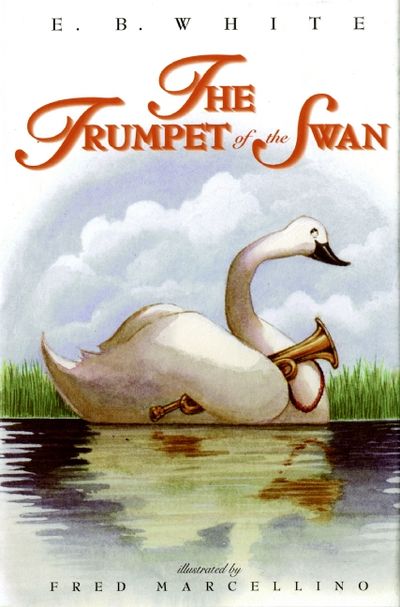Toothbrush
Dentists recommend you change your toothbrush every three months. That means each year I would personally send four chunks of plastic to the landfill that will never decompose. In my lifetime so far, I have probably "consumed" 200 toothbrushes, plus those I have purchased for my husband and children. Some toothbrushes do linger in my home as cleaning aids for hard to reach places!
I discovered last year that there are toothbrushes with bristles made of plant products and a handle made of bamboo. Even though they are sturdy, they will eventually decompose or safely be burned. Yes, they cost more. No, they don't come in flashy colours. But they have given me the courage to say, "No, thank you" when the dentist offered me a complimentary toothbrush at my last visit. I still need an alternative to dental floss...[1]
Straw
I don't use straws often at home and haven't purchased a box of them in years. When we go out for a meal, the server is likely to add a straw to a soft drink or chocolate milk. That has changed in some establishments lately, and it alerted me to the problem of plastic drinking straws and the litter they cause world wide.
One of the summer dates my husband and I went on last year involved walking to a diner about a kilometre from home and each having a milk shake. We brought our own reusable straws, which were sturdy plastic and had been part of a teacher gift: a large sturdy plastic cup, lid and straw. However, since then I have purchased a bamboo straw that will serve me better. A cloth carrying case in the store seemed a bit overpriced, so I'll have to improvise to keep my purse sanitary.
Food wrap
 |
| Cotton food wrap |
When I found out about beeswax infused cotton to use as a cover or wrap for leftover food, I purchased a few of them and have been pleased with the results. They are washable in cold water, so as not to melt off the wax. After they lose their clinging power (I've had mine over a year and they are still fine), you can cut them into small pieces and put them in the compost/green bin
[1] Footnote in 2024. There is a Canadian made product made of corn silk that works just as well as dental floss. The product name is FLOSSPOT Gold. It comes in a reusable and refillable stainless steel dispenser!
Shampoo
 |
| Partly used shampoo bar on wooden soap dish |
For the past six months, I have completely switched over to washing my hair with a shampoo bar instead of a liquid shampoo. Even though most shampoo bottles are recyclable and I do recycle any piece of plastic with a recycling symbol on it, I'd rather not add plastic to the environment when there is an alternative. I first became aware of shampoo bars by receiving one as a gift.
Today, when we think of soap it is highly specialized. Dish soap, laundry soap, hand soap and hair soap are not interchangeable, but in the past (and even in many places around the world), soap in the form of a cake or bar was used to wash clothes, hands, hair and floors. Using a shampoo bar also enables me to support a local producer of soap and care products!
[1] Footnote in 2024. There is a Canadian made product made of corn silk that works just as well as dental floss. The product name is FLOSSPOT Gold. It comes in a reusable and refillable stainless steel dispenser!




